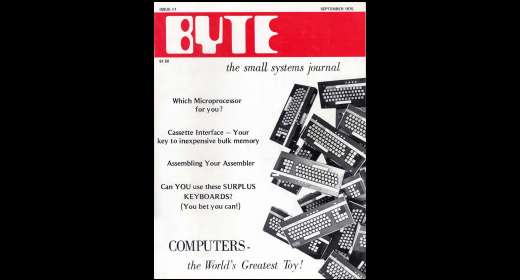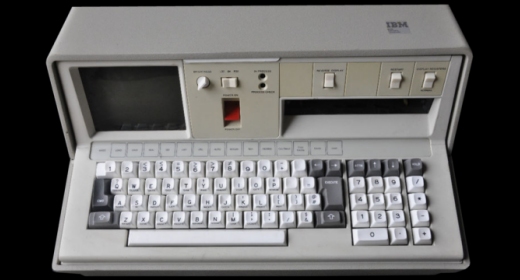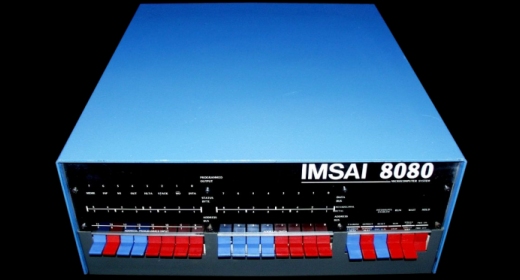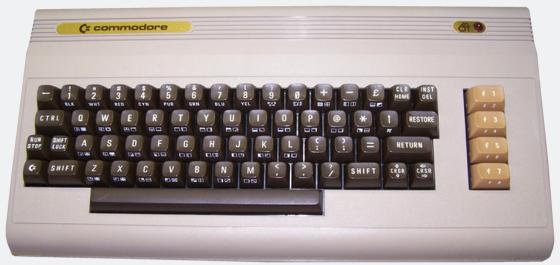
Today we live in an age where we all expect results in an instant, as society seems to have lost its patience for waiting for stuff to just happen let me take you on a journey back to a much simpler time, the 1980’s and the birth of the Commodore 64 home computer. Back then the standard of computer graphics would be caveman like when compared to today’s home consoles with their realistic high definition graphics and surround sound capabilities. The commodore 64’s graphics were crude block like pictures, and it would be no exaggeration to say that the sound would be put to shame by a child’s first keyboard.
Commodore International the company behind the imaginatively named Commodore 64 started out as a manufacturer of calculators back in the 1970’s. When they stopped focusing on calculators they produced their first retail 8-bit home computer called the VIC-20 in 1980. By 1982 the VIC-20 had become the best selling home computer on the market and lead to the introduction of the Commodore 64 in the same year.
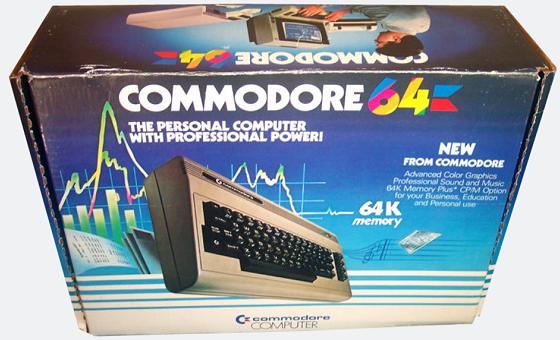
In the early 80’s Commodore’s main competitor in the personal computer market was Atari and by 1983 their rivalry had led to a price war seeing prices of home computers fall drastically. Atari found it could no longer compete with Commodore’s aggressive pricing and marketing campaigns and left Commodore to take control of the market. The other notable competitor to Commodore at the time was Apple with their Apple II but at more than twice the price of the Commodore 64 found itself more of a niche product rather than mass market. This occurred despite the fact that the Apple was a better spec machine with more advanced higher resolution graphics.
The Commodore 64 would eventually go on to not only become Commodore’s best selling computer but the biggest selling home computer of all time with over 15 million units sold. The Commodore appealed to the market at the time featuring superior graphics and sound capabilities compared to the previous VIC-20 model. Another reason for the wide spread success of the machine was due to the extensive library of games made available for the system. It has been estimated that about 10,000 commercial titles were made available during the Commodore 64’s lifetime.
The age of these early home based machines lead to the rise of many bedroom programmers, who found comfort in the ease with which they could get to grips with the coding and architecture of the system. Many now run multimillion dollar companies such as the founders of Codemasters Software who began writing software on the Commodore.
The Commodore 64 didn’t have an operating system and used a ROM based version of the BASIC programming language to access the kernel. The version of BASIC used was very limited in its capabilities with no direct commands for either sound or graphics. Most programs had to be written in assembly language using machine code which allowed for maximum speed with minimum memory resource usage.
The graphics chip for the Commodore allowed 16 colors to be displayed on screen with 8 hardware sprites per scanline. The chip allowed for a reasonable standard of graphics during the 1980’s especially when compared to rival machines from Apple and Atari. Pixels moved smoothly across the screen regardless of the video mode being employed, the only notable anomaly were the borders it produced around the screen.
The sounds that could be achieved on the Commodore 64 were synonymous with the machine and became an iconic feature at the time. The SID chip as it was called was capable of 3 channels of sound allowing for the distinctive tunes that became as popular as the games they were created for. The sound chip was designed by Bob Yannes who was disappointed with the sound chips of the time so embarked on developing what was then regarded by many as one of the most sophisticated sound chips of that era. He continued to further his work in the sound chip field and is now well respected for his work in creating modern sound synthesizers.
The Commodore 64 had a variety of different peripherals that could be attached to the external cartridge port. The company produced three different models of floppy drive for the machine as well as a dot-matrix printer, modem and mouse. Of all the peripherals commodore made the most widely used would have been the Commodore 1530 Datasette. The Datasette was a glorified cassette player that was used to run software cassette tapes. It would become the bane of many a gamers’ life as the software would be painfully slow to load.
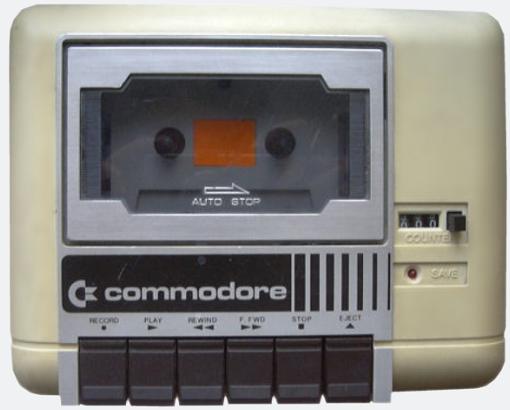
Back in the 1980’s people knew how to wait as they simply had no choice, the humble VCR which was a revelation as they now had the ability to record and watch back their favorite TV shows. The downside was that they had to wait for what seemed like forever when they had to rewind the cassette, the same scenario played out with the Walkman cassette players in homes and schools across the globe. Nothing however could compare to the Datasette which had a tendency to load for a good fifteen minutes and then crash. The cassette would then have to be rewound and started from the beginning with fingers crossed that all would go well on the next attempt.
The benefit of having an easy delivery system for software like a cassette led to many people attempting to create their own programs, as it was easy enough to program and then transfer to a cassette tape. As cassettes were cheap to buy you could easily create programs and sell them on to others and start up in business.
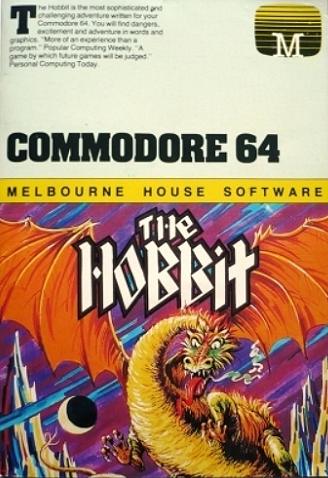
As the Commodore 64’s got more popular the games from more established gaming companies started to utilize gaming cartridges that used the cartridge port. This allowed for games to be priced more favorably for them to make profit and establish Commodore 64 as a pioneer in the game console market that saw rise towards the end of its life in the late 1980’s the advent of Sega and Nintendo entering the market.
